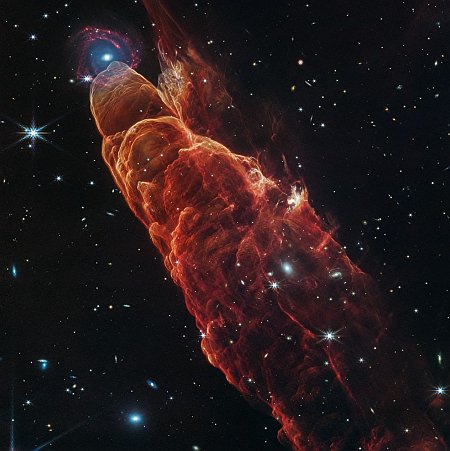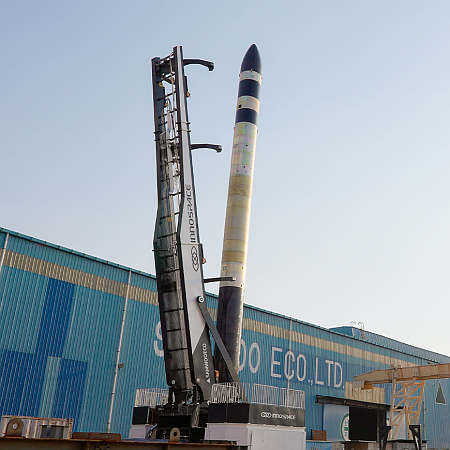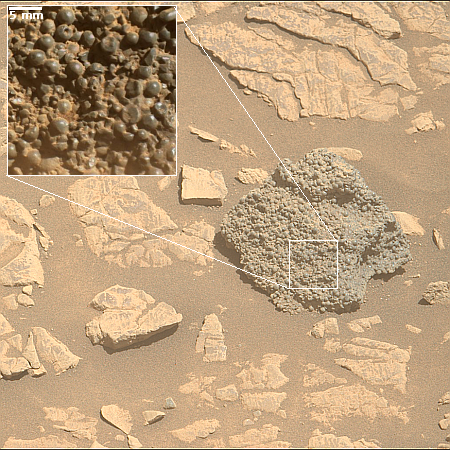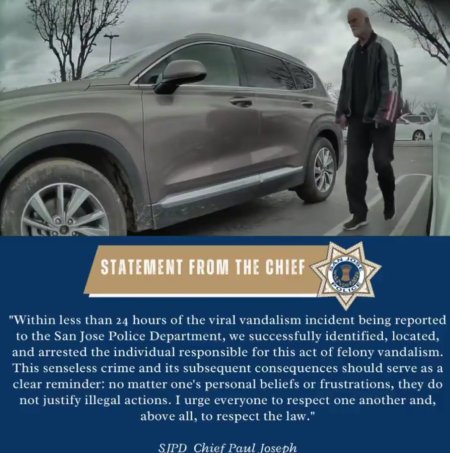New Webb infrared image reveals galaxy hidden behind outflow from baby star
Cool image time! The false-color infrared image to the right, cropped, reduced, and sharpened to post here, was taken by the Webb Space Telescope of the outflow from a baby star, dubbed Herbig-Haro 49/50, located about 625 light years away.
The picture was taken to get a better understanding of the flow itself. Earlier infrared images at much lower resolution by the Spitzer Space Telescope had left many features in this outflow unclear. For example, at the head of the outflow the Spitzer infrared image was unable to clearly identify the background spiral galaxy located there. In those earlier images it could have instead been a part of the outflow itself.
The galaxy that appears by happenstance at the tip of HH 49/50 is a much more distant, face-on spiral galaxy. It has a prominent central bulge represented in blue that shows the location of older stars. The bulge also shows hints of “side lobes” suggesting that this could be a barred-spiral galaxy. Reddish clumps within the spiral arms show the locations of warm dust and groups of forming stars. The galaxy even displays evacuated bubbles in these dusty regions
The actual source from which this flow comes remains unconfirmed, though astronomers think the source is one particular protostar about 1.5 light years away.
Cool image time! The false-color infrared image to the right, cropped, reduced, and sharpened to post here, was taken by the Webb Space Telescope of the outflow from a baby star, dubbed Herbig-Haro 49/50, located about 625 light years away.
The picture was taken to get a better understanding of the flow itself. Earlier infrared images at much lower resolution by the Spitzer Space Telescope had left many features in this outflow unclear. For example, at the head of the outflow the Spitzer infrared image was unable to clearly identify the background spiral galaxy located there. In those earlier images it could have instead been a part of the outflow itself.
The galaxy that appears by happenstance at the tip of HH 49/50 is a much more distant, face-on spiral galaxy. It has a prominent central bulge represented in blue that shows the location of older stars. The bulge also shows hints of “side lobes” suggesting that this could be a barred-spiral galaxy. Reddish clumps within the spiral arms show the locations of warm dust and groups of forming stars. The galaxy even displays evacuated bubbles in these dusty regions
The actual source from which this flow comes remains unconfirmed, though astronomers think the source is one particular protostar about 1.5 light years away.













